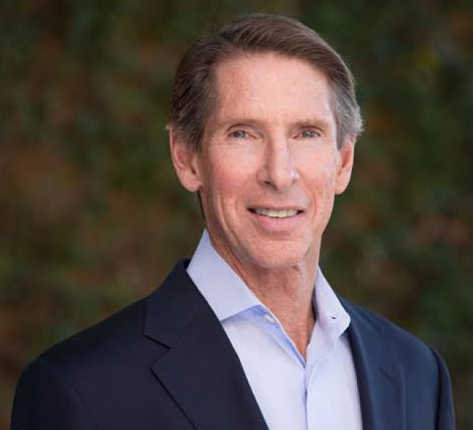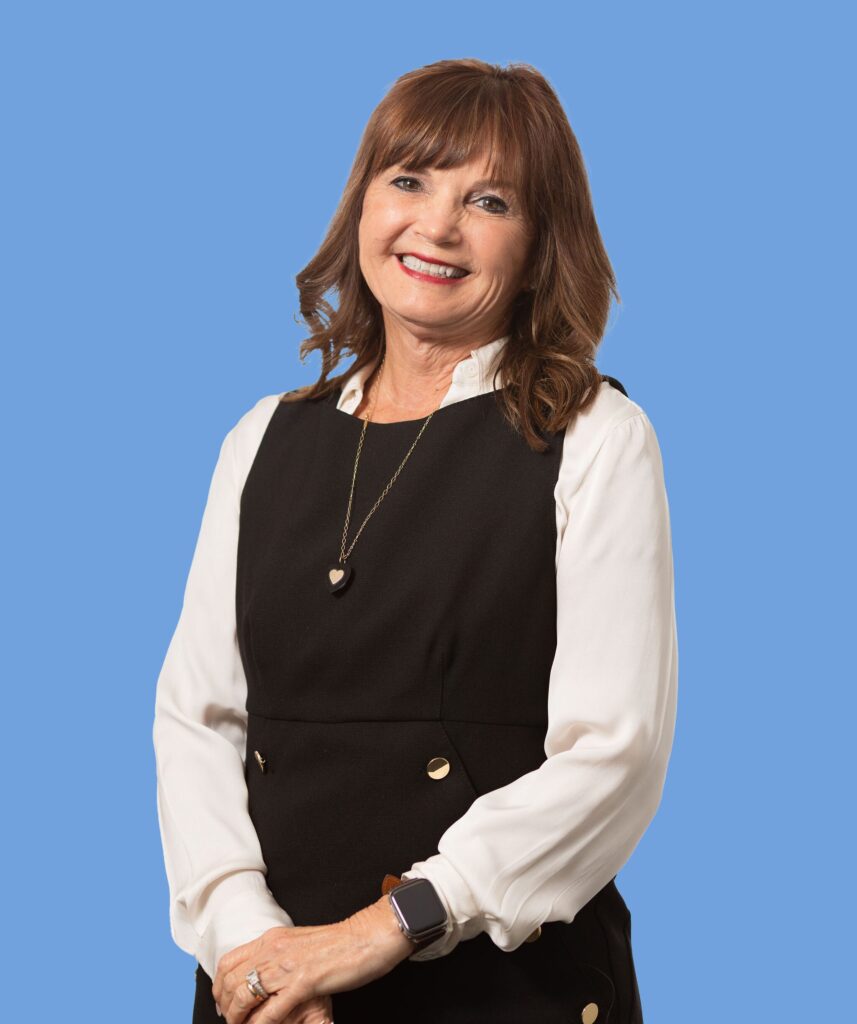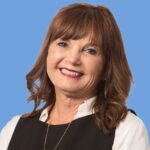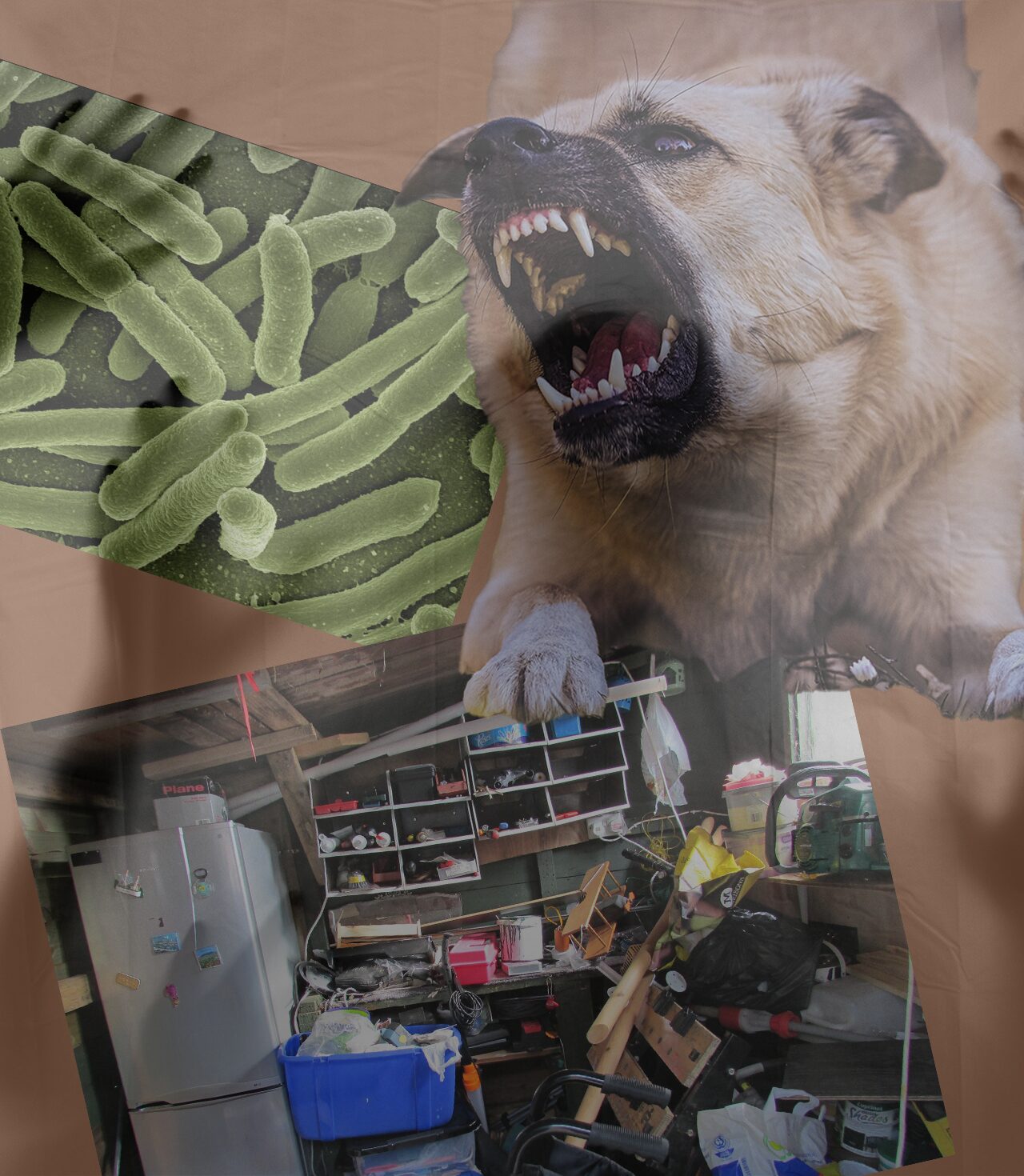St. Croix Hospice Receives Age-Friendly Certification
St. Croix Hospice Becomes First Hospice Agency to Receive Age-Friendly Care Certification Agency-Wide
OAKDALE, Minn., Dec. 2, 2024 /PRNewswire/ — St. Croix Hospice is proud to announce its achievement of Age-Friendly Care certification, a testament to its unwavering dedication to delivering exceptional, patient-centered care designed to meet the unique needs of older adults at every stage of life.
Age-Friendly Certification
The Age-Friendly Care certification, awarded by Community Health Accreditation Partner, Inc. (CHAP), recognizes providers that implement evidence-based practices designed to meet the specific needs of aging patients. St. Croix has successfully embedded the “4Ms Framework” – What Matters, Medication, Mentation and Mobility – into its care model, ensuring every patient receives comprehensive care aligned with their personal goals and well-being.
“St. Croix Hospice is dedicated to providing compassionate, individualized care tailored to the unique needs of older adults,” said Heath Bartness, Founder CEO of St. Croix Hospice. “The Age-Friendly Care certification further recognizes our long-standing commitment to enhancing quality of life for aging individuals and their families through a compassionate, patient-centered approach. It’s especially important to us that this certification is recognized across our entire organization, reflecting the unified efforts of our teams to ensure every patient receives the highest quality care they deserve.”
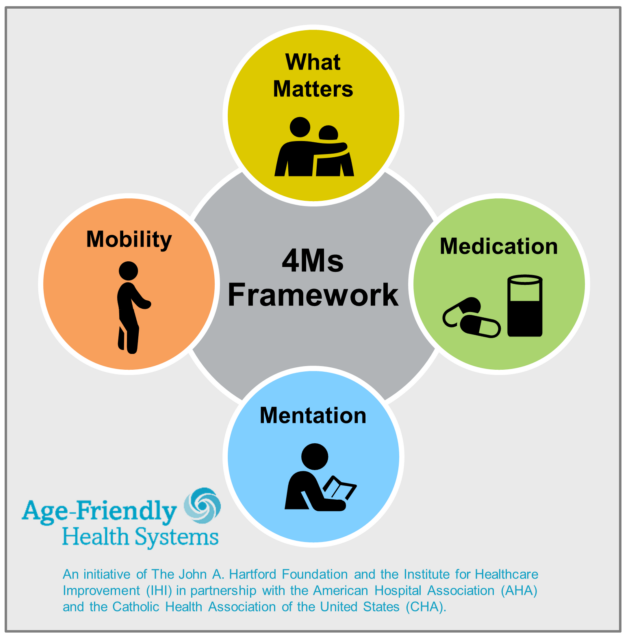
Achieving Age-Friendly Care certification required all St. Croix locations to complete specialized training and implement best practices in geriatric care. This ensures that patients’ wishes are honored while prioritizing proper medication use, mental health support, and safe mobility.
The Age-Friendly Care certification aligns with our ongoing efforts to lead the industry in innovation and quality. With more than 90% of our patients aged 65 or older, this national recognition underscores the importance of our commitment to meeting the unique needs of older adults. It validates our clinical practices and serves as a testament to the dedication of our care teams who strive to make a difference for patients and families every day.
St. Croix Recognized by CHAP
“St. Croix Hospice’s implementation of Age-Friendly Care across their 70+ locations is truly inspiring,” said CHAP Chief Operating Officer Teresa Harbour. “Their integration of the 4Ms Framework—What Matters, Medication, Mentation and Mobility—into daily practices reflects a deep commitment to honoring what matters most to their patients and families. This effort not only raises the bar for compassionate, patient-centered care but also underscores St. Croix Hospice’s role as a leader in the hospice field. At CHAP, we are proud to partner with organizations like St. Croix Hospice that prioritize innovation and excellence at such an impressive scale.”
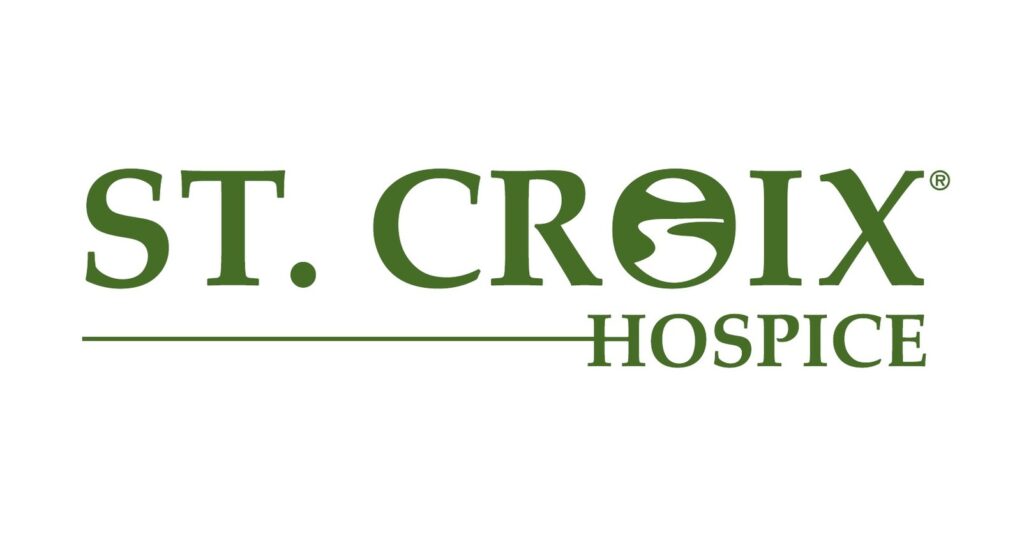
St. Croix serves 5400 patients daily across the Midwest. Taking an integrated approach to hospice care, the expert team at St. Croix provides physical, emotional and spiritual support that meets the unique needs of each patient. St. Croix teams are stationed in more than 75 branches throughout ten states, ensuring responsive, proximate service to wherever patients call home.
# # #
About CHAP
CHAP is an independent, nonprofit organization accrediting providers of home and community-based care. Founded in 1965, CHAP was first to recognize the need for and value of home and community-based care standards and accreditation. As a Centers for Medicare & Medicaid Services (CMS)–approved accrediting organization, CHAP surveys organizations providing home health, hospice, and home medical equipment services to establish if Medicare Conditions of Participation and DMEPOS Quality Standard are met and recommend certification to CMS. CHAP’s purpose is to partner with organizations nationwide to advance quality in the delivery of care and services in the home and community.
About St. Croix Hospice
St. Croix Hospice supports patients, their families and caregivers, providing compassionate care when it’s needed most. Celebrating 15 years of service, St. Croix Hospice delivers exceptional hospice services 24 hours a day, 365 days a year and wherever a patient calls home. With branches in Illinois, Indiana, Iowa, Kansas, Michigan, Minnesota, Missouri, Nebraska, South Dakota and Wisconsin, St. Croix Hospice takes pride in round-the-clock availability, prompt response times and same-day admissions – including during evenings, weekends and holidays. Contact St. Croix Hospice 24/7 at 855-278-2764 or stcroixhospice.com.


